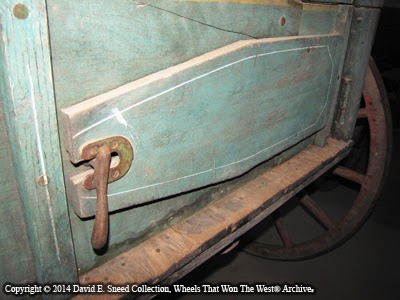If you've followed this blog for any length of time, you know we cover a wide variety of wagon-related subjects. Clearly, the topic of early wood-wheeled wagons and western vehicles is one with surprising depth. Over the years, we've tried to show these complexities through numerous speaking engagements, magazine articles, books, videos, and this blog.
Even with hundreds of our articles and blogs written to date, one area that we haven't focused on much is that of end gate designs. A wagon's end gate is the forerunner of a 'tail gate' on a contemporary pickup truck. Just how important a particular end gate style could be is reflected in the seemingly endless number of patents granted for related parts and designs in the 19th and early 20th centuries. While the forward and upper rear end gates were usually a solid plank of wood, the lowermost rear board could be made the same way or it might be configured with multiple segments engineered to drop, flip, slide, swing, or fold open.
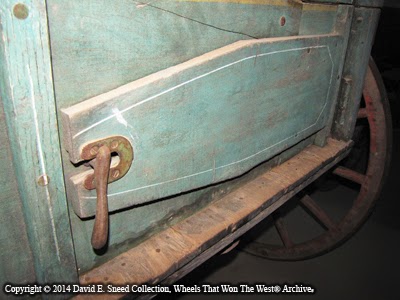
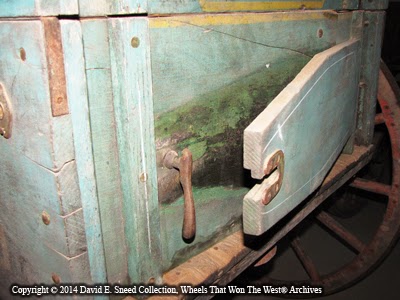
Folding end gates became extremely popular due to the ease of unloading and accessing cargo on early farm, freight, and ranch wagons.
The folding design that so many surviving wagons possess today can trace much of its lineage to a patent awarded to Charles Comstock in 1870. Known as the Comstock Patent End Gate, the arrangement was quickly adopted by numerous wagon makers. The advantage of the hinged design was that it was able to be quickly and effortlessly detached from the bed without the need to remove box rods or dislodge the upper gate. This was an important feature for unloading cargo such as corn, vegetables, coal, and other loose materials. It also allowed for easy carrying of lumber and other lengthy or awkwardly-sized items that might otherwise be poorly-suited for the available box space.
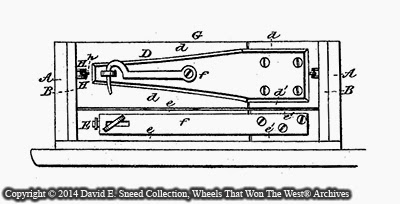
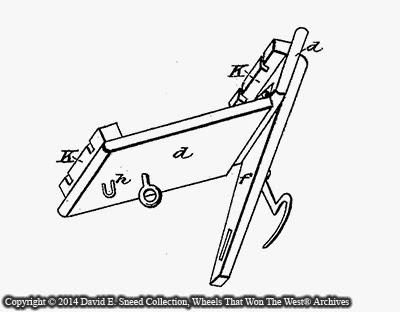
These images from the 1870 Comstock patent illustrate the simplicity, efficiency, and convenience of a folding end gate.
In 1879, the Mr. Comstock's patent was reissued, extending him even more notoriety and financial gain. Again and again, we see the impact of technology on America's first transportation industry and, again and again, these details help us evaluate, define, and properly connect history with the appropriate timeframes and brands. While construction methods and product traits can vary, there are some elements within wagon designs that share origins. With that in mind, the next time you see a folding end gate on any vintage wagon you'll know that it relies on an idea made popular almost a century and a half ago.
